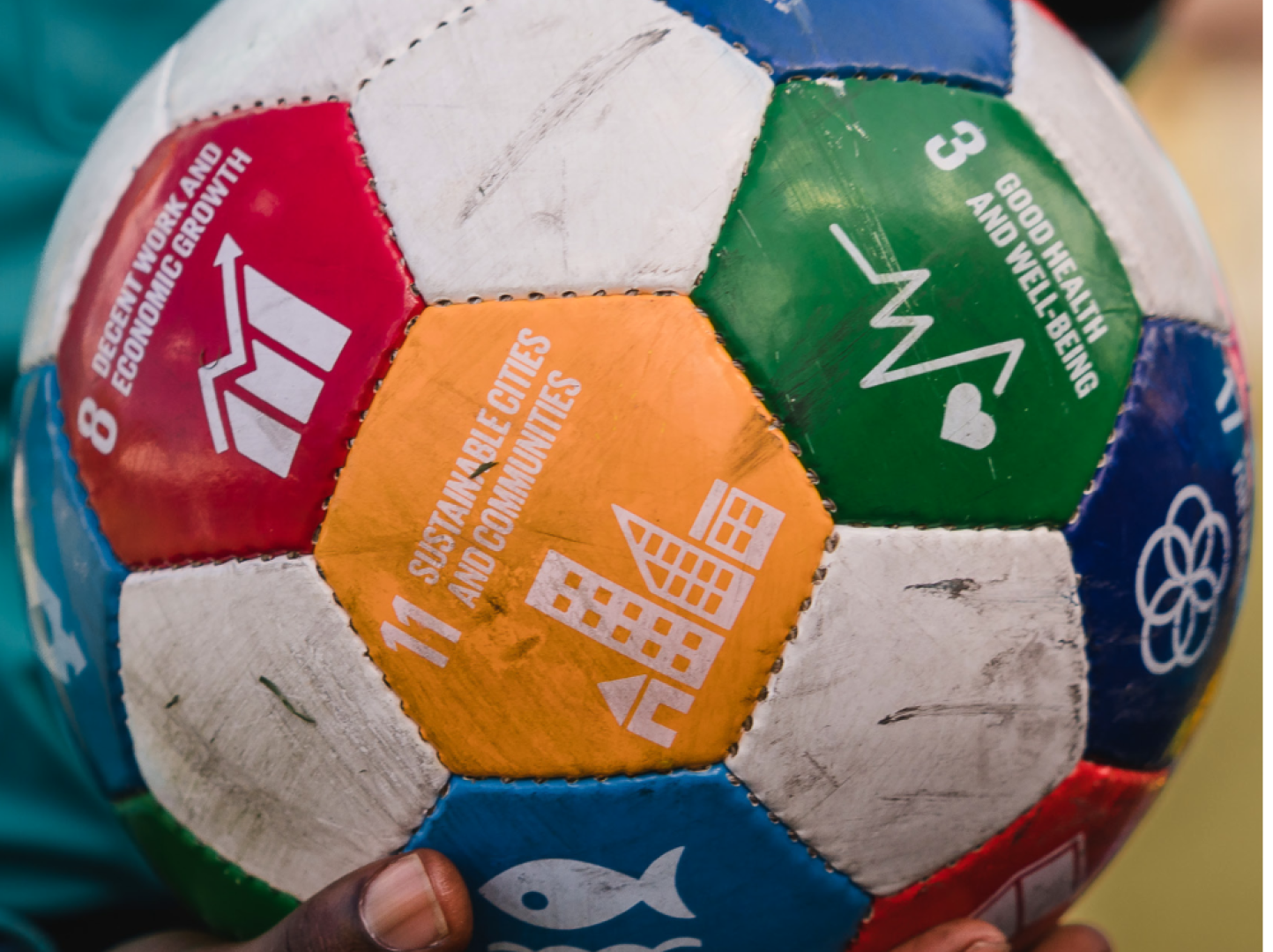Suriname Minamata Initial Assessment

Mercury is released to the environment from both natural sources and processes and as a result of human activities. Once it has entered the environment, mercury cycles between air, land, and water until it is eventually removed from the system through burial in deep ocean sediments or lake sediments and through entrapment in stable mineral compounds .The Minamata Convention on Mercury is an Internationally global agreement to protect human health and the environment from the adverse effects of mercury. The main focusses of the Convention include a ban on new mercury mines, the phase-out of existing ones, control measures on air emissions, and the international regulation of the informal sector for Artisanal and Small-scale Gold Mining.
Suriname acceded to the Minamata Convention on 02 August 2018. In its process towards accession, the Government of Suriname started in 2013 with the legal and institutional analysis of the then current situation towards the use of mercury and the role of the various actors.
This analysis resulted in the publication of an Advice Document and a Roadmap in 2015 which stated the activities that had to be implemented to phase out the use of mercury in Suriname.
Since the outcome of the Advice Document, the government started the process to ratify the Minamata Convention and started to implement the roadmap.
For Suriname one of the important obligations under this Convention is to formulate a National Action Plan (NAP) for the Artisanal and Small-Scale Gold Mining (ASGM). Traditionally Artisanal and Small-Scale Gold Mining has always been a source of income for parts of the community.
The negative impact of mercury on health and environment in Suriname cannot be overlooked and needs to be addressed. The Mercury Initial Assessment (MIA) provides the baseline knowledge of the mercury issue as a whole, (including the technical, legal, regulatory, social and gender mainstreaming aspects) towards the ratification and implementation of the Convention.















